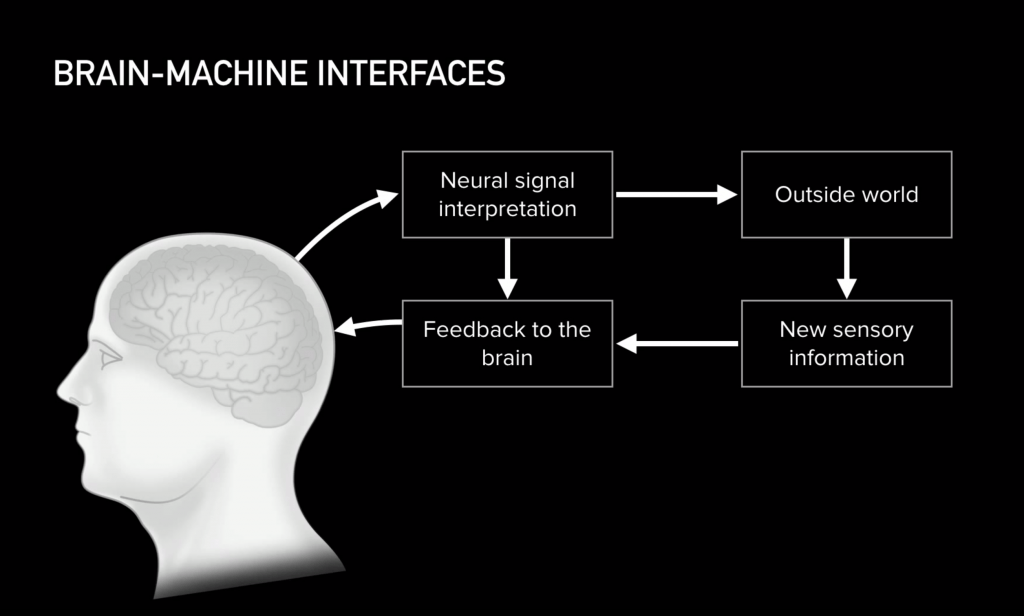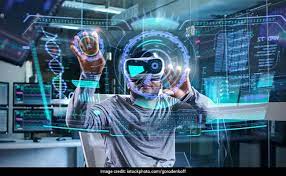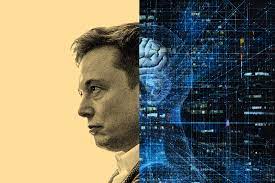Elon Musk, the visionary entrepreneur behind Tesla and SpaceX, has once again captured the world’s attention with his latest venture, Neuralink. Despite facing numerous challenges and a long road to market, Neuralink has managed to attain a staggering valuation of approximately $5 billion. This groundbreaking company aims to revolutionize the field of brain-computer interfaces (BCIs) by developing implantable devices that can seamlessly connect the human brain with computers. In this article, we will delve into the remarkable journey of Neuralink, explore its potential applications, and discuss the significance of this technological breakthrough.

The Vision and Origins of Neuralink
Neuralink was founded in 2016 by Elon Musk with the goal of developing high-bandwidth brain-machine interfaces to improve human cognition and establish a symbiotic relationship between humans and artificial intelligence (AI). Musk envisioned a future where BCIs would enable individuals to communicate with computers and control external devices using only their thoughts. Inspired by the potential of BCIs to mitigate the risks posed by AI, Musk recognized the need to accelerate their development and ensure that humans remain on par with the rapidly advancing technology.
Challenges and Innovations
The road to market for Neuralink has not been without obstacles. Developing implantable BCIs requires overcoming numerous technical and regulatory challenges. One of the key hurdles involves creating an interface that can be safely implanted into the human brain without causing damage or infection. Neuralink has tackled this issue by designing a slender, flexible device that can be implanted with minimal invasiveness and reduced risk.
Another significant challenge lies in deciphering the complex language of the brain. Neuralink’s solution involves using an array of flexible electrodes to record and stimulate neural activity, allowing for bidirectional communication with the brain. This technology holds the potential to treat neurological disorders such as epilepsy, Parkinson’s disease, and spinal cord injuries by restoring lost sensory and motor functions.

Applications and Implications
The applications of Neuralink’s technology extend far beyond medical interventions. Musk envisions a future where BCIs can augment human capabilities, enabling individuals to enhance their memory, learn new skills at an accelerated rate, and communicate telepathically. This potential has generated excitement among scientists, futurists, and the general public alike.
Improved Brain-Computer Interfaces could revolutionize the gaming industry, allowing for immersive virtual reality experiences directly controlled by the user’s thoughts. Communication could be revolutionized as well, providing a means for individuals with speech impairments to express themselves more effectively. Moreover, Neuralink’s technology could potentially reshape education by facilitating rapid knowledge transfer and personalized learning experiences.
However, the rise of BCIs also raises ethical and privacy concerns. The ability to access and manipulate the human brain poses profound questions about individual autonomy, cognitive privacy, and the potential for misuse. Striking a balance between the benefits and risks of this technology will require careful consideration and robust regulations to ensure its responsible and ethical use.

Conclusion
Despite the considerable challenges and uncertainties that lie ahead, Neuralink’s valuation of $5 billion is a testament to the immense potential of brain-computer interfaces. Musk’s audacious vision and the team’s relentless pursuit of groundbreaking innovations have paved the way for a future where humans and technology seamlessly merge.
The implications of Neuralink’s technology are far-reaching, promising advancements in medical treatments, communication, education, and beyond. However, ethical and privacy considerations must accompany these technological advancements to ensure their responsible and beneficial integration into society.
As we look to the future, Neuralink represents a major milestone in the pursuit of unlocking the full potential of the human brain. The company’s progress may herald a new era in which our understanding of ourselves and our connection to technology takes on a whole new dimension. With Neuralink’s persistent efforts and unwavering ambition, we may be on the cusp of witnessing the next revolutionary leap in human-machine interaction.
